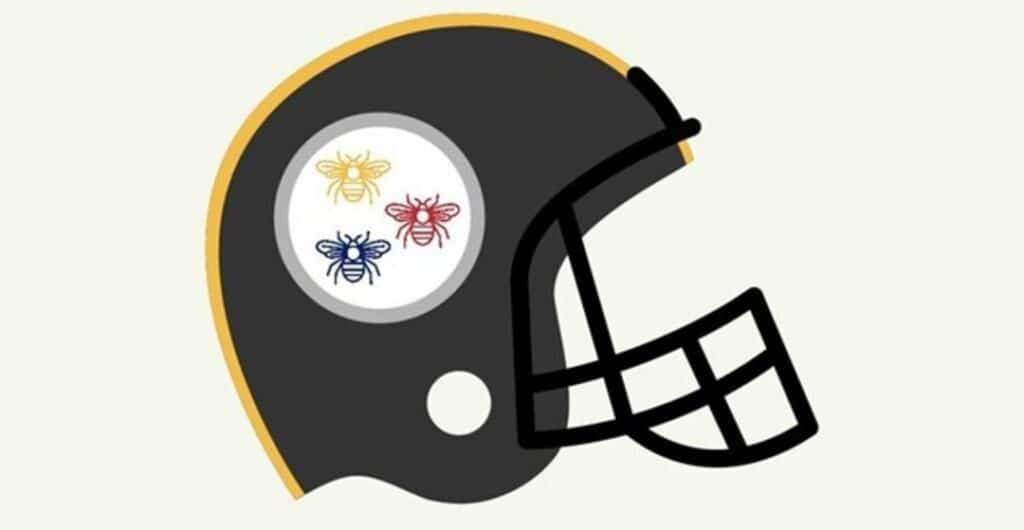As a leading pest control provider, Aptive service professionals encounter all kinds of pest activity across the country. Our ability to monitor this pest activity has provided valuable insights into understanding the prevalence of specific pest types at different times and locations. We’re sharing that data with you to help you be better prepared for pests when they do decide to invade your living space.
Visualizing pest activity
By monitoring millions of data points, Aptive is able to display pest activity for each zip code throughout the United States in the form of a virtual Pest Neighborhood Activity map. This map, available soon to the public, will allow the user to filter the data by pest type, location, and time of year.
This visual representation of our heat map shows ant activity across the United States from December 2020 to now
Ant activity, for example, is prevalent across the country, but as the map above shows, ants are more noticeable between May and September except in the southern states where ants thrive year-round. This type of data allows us to understand the types of issues our customers may be facing at different times of year based on the data from similar homes in the same area.
This visual representation of our heat map shows mosquito activity across the United States from 2020 through 2022
Mosquitos can ruin any summer day, and as shown above, mosquito activity is similar across the country. That means most Americans deal with mosquito activity, primarily between April and September. Analyzing these trends in pest activity helps us predict when certain pest types might be more prevalent, providing insights that contribute to improving our pest management strategies.
Visualizing the data allows users to understand the importance of targeted, year-round pest control to limit pest infestations in the home when pests are typically most active.
How data improves your pest control experience
Many pest control companies provide treatments on a quarterly basis, often without considering the importance of a specific location or time of year. By understanding activity trends, Aptive has been able to design pest plans that target and treat specific pests when they are most active.
Patterns in pest activity occur due to various interconnected factors such as seasonal changes, weather patterns, availability of food sources, and changes in the local ecosystem. Just as other organisms adapt to changes in their environment, pests do too. They are typically more active during specific times of the year, often corresponding to higher temperatures or increased rainfall – whereas other times of year they hunker down and find places to live for the winter. For instance, many types of insects are more abundant during the warm, humid summer months when they have access to plenty of food and ideal conditions for reproduction. Similarly, pests like rodents may seek shelter indoors during colder months, leading to a spike in infestation reports (see rodent heat map below). Comprehending these patterns aids in predicting pest behavior and developing strategies to effectively manage their impact.
This visual representation of our heat map shows rodent activity across the United States from 2020 through 2022
Our internal data analysis allows us to identify trends in pest activity by area and provide insight into these trends. By analyzing large datasets we can spot trends, make predictions, and identify potential infestations. For instance, when the data shows a correlation between pest activity and certain weather patterns, it enables us to forecast increases in pest populations and implement proactive measures. Another practical example is data on pest sightings. If there’s a pattern of increased pest activity in a specific geographical area or at a particular time, it suggests a higher risk of infestation in that region or period. We have the ability to utilize this knowledge to formulate plans that work to target pests when they are most active, and offer information on when additional vigilance may be necessary. Such practical, data-driven insights can empower our customers and the broader public with the knowledge to proactively tackle pest problems.
This visual representation of our heat map shows spider activity across the United States from 2020 to now
For example, the data in the image above shows that spiders are most active in the summer – June, July, and August – throughout most of the country, but in the southern states and California, spiders are active into the spring and fall months. Users that employ this tool will be able to determine the best time of year to take preventative measures against spiders, such as clearing any clutter near the foundation of the home and sealing access points like windows and cracks.
At Aptive, we aim to help families enjoy their homes. Through our professional pest control care, neighborly support, and innovative technology we believe we can achieve that goal one customer at a time.








